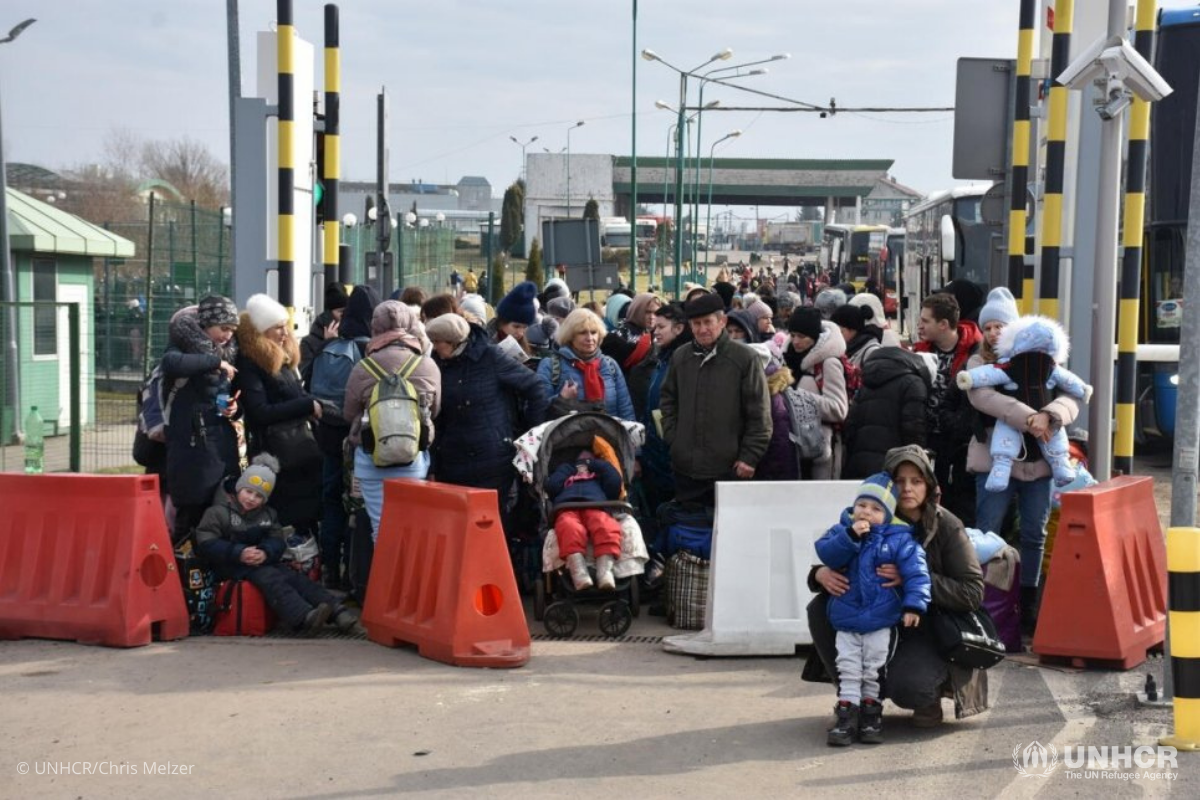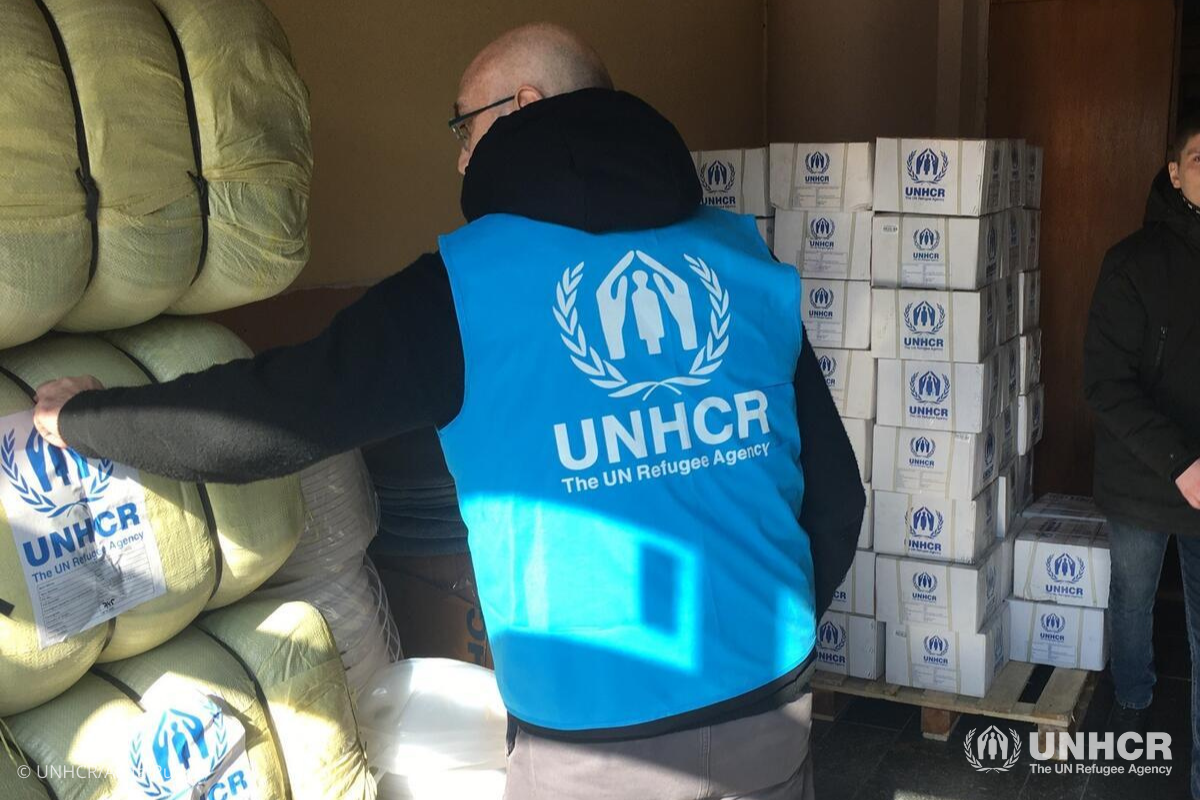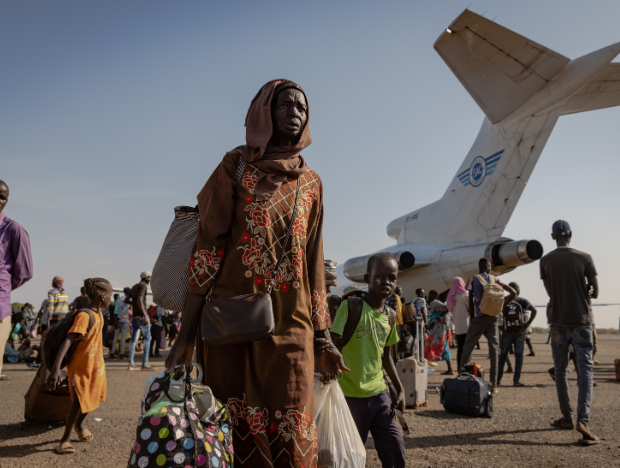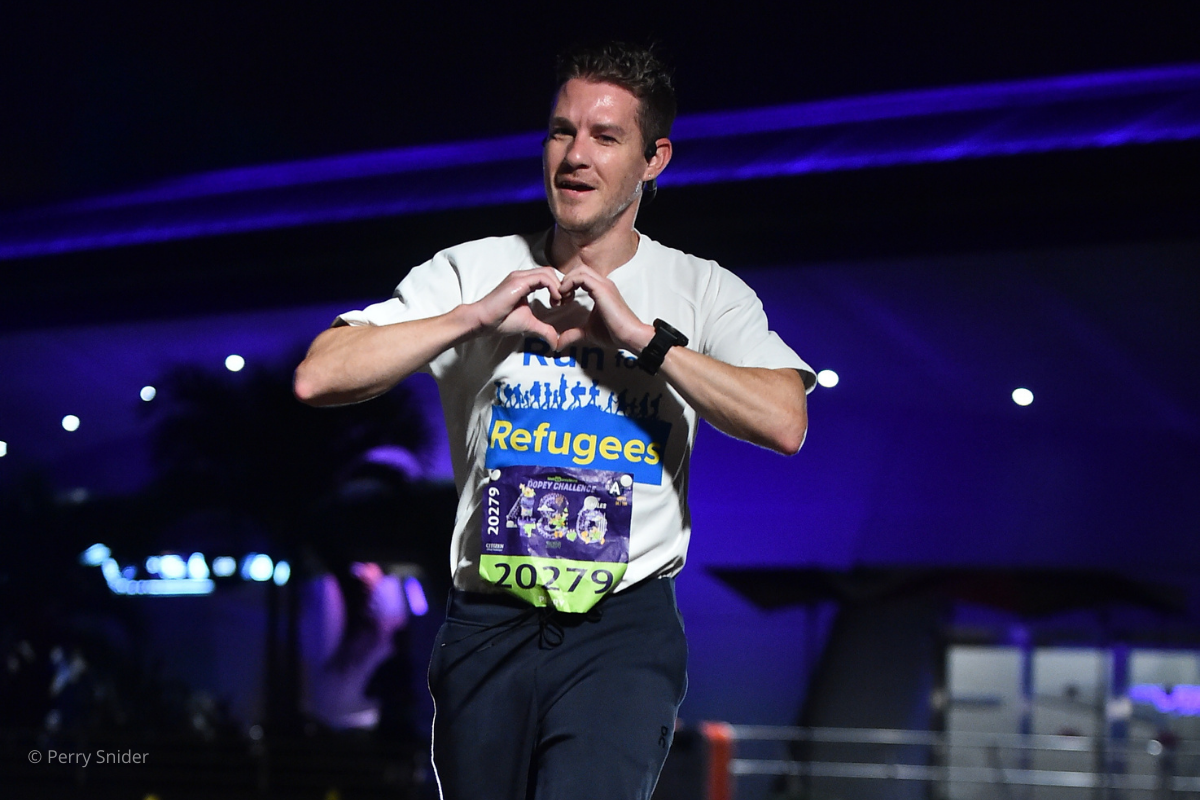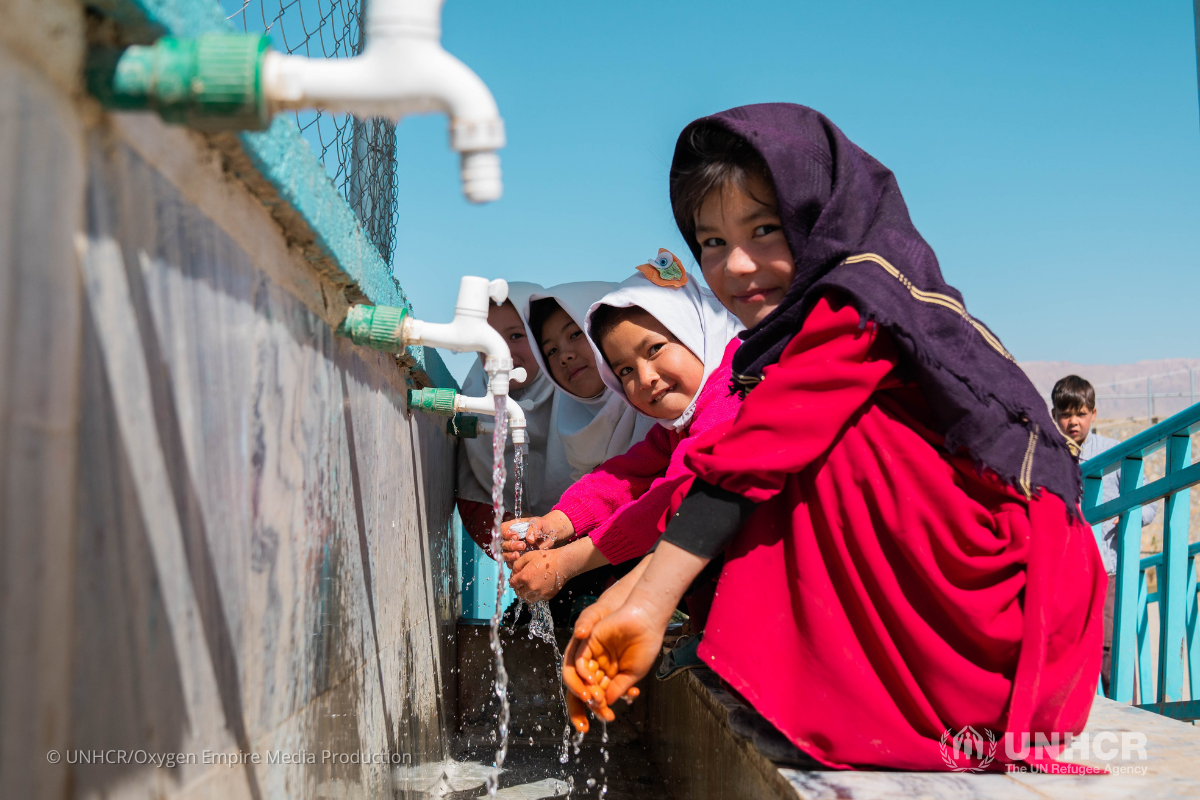5 Things You Need to Know About the Crisis in Ukraine One Week in

The crisis in Ukraine began on February 24, 2022, and has caused massive displacements in the country and across the region. In just one week, more than one million people have fled from Ukraine into neighboring countries and hundreds of thousands have been internally displaced. As the crisis evolves, it is crucial to understand what is happening on the ground and how you can help. One week in, here are five things you need to know about the crisis and the situation in Ukraine.
1. When did the Ukraine crisis begin?
The latest escalation of violence began on February 24, 2022 following Russia’s military offensive in Ukraine. The situation in Ukraine rapidly deteriorated as armed violence occurred in several regions throughout the country, including the capital city of Kyiv. The military offensive has driven more than 1 million people from their homes to neighboring countries or safer areas in Ukraine.
The current crisis comes on the heels of almost eight years of active fighting in Ukraine that has profoundly impacted the lives of millions of people. UNHCR identified 2.9 million people living in the conflict-affected regions of eastern Ukraine who were already in need of humanitarian assistance before the latest crisis.
2. Who is impacted by the ongoing crisis in Ukraine?
Ukraine has a total population of 41.4 million people. According to UN estimates, the current crisis is projected to affect 18 million people, nearly half the total population of Ukraine. Of the millions who will be affected by the crisis, UNHCR estimates that 4 million people will be forced to flee the country.
The ongoing crisis has already resulted in massive displacement in Ukraine and across the region. The population faces significant risks as the military offensive has severely damaged civilian infrastructure and housing and disrupted essential public services to water, electricity, transportation, healthcare, emergency services and more.
Elderly and disabled people are particularly at risk as they may be unable to flee or may choose to stay in the impacted areas. Women and girls are at greatest risk for gender-based violence and sexual exploitation and abuse.
3. Who is fleeing Ukraine and where are they going?
Since the military offensive began a week ago, more than 1 million people have fled Ukraine across borders into neighboring countries. More than 50 percent of those fleeing from Ukraine have found refuge in Poland, followed by Hungary and Moldova, and the rest finding safety in other European countries. UNHCR estimates that more than 4 million people may flee Ukraine in the coming weeks and months if the military offensive continues.
Among those fleeing include third-country nationals who were working or studying in Ukraine before the crisis. Approximately 5,000 refugees also live in Ukraine, a majority of whom fled conflict in Afghanistan and Syria, and may need to flee again as the crisis continues. UNHCR encourages governments to continue to maintain access to territory for all those fleeing. There must be no discrimination against any person or group.
The majority of the people fleeing are women and children. Women face significant challenges and are at the greatest risk for sexual exploitation and abuse, human trafficking and forced prostitution. While fleeing, children experience stress and trauma and are in danger of family separation. UNHCR is working with local authorities in neighboring countries to scale up protection monitoring and services at transit centers.
4. What is UNHCR, the UN Refugee Agency, doing to help?
UNHCR has been working with its partners in Ukraine since 1994 to enhance the protection, inclusion and dignity of refugees, asylum seekers and stateless people. UNHCR has offices in six locations throughout Ukraine and has a long-standing presence in the region, including in Poland, Hungary, Moldova, Slovakia and Romania.
As the crisis develops, UNHCR and its partners are on the ground providing crucial humanitarian assistance and protection and deploying staff and relief items in the region. In Ukraine, UNHCR is distributing emergency supply kits with items like thermal blankets and water cans and strengthening nationwide hotlines. UNHCR is helping to set up transit centers in neighboring countries to assess the needs of newly displaced people and provide temporary shelter.
While the full impact of the crisis is not yet clear, the number of people fleeing is rising and there is a risk of large-scale displacement in and out of the country. UNHCR is working with national authorities and child welfare and protection specialists to support vulnerable groups fleeing from Ukraine.
5. What can you do to help?
More than 1 million people have already been displaced from Ukraine into neighboring countries. The freezing winter temperatures mean emergency shelter, heaters and warm clothes will be critical for families fleeing from Ukraine. At their greatest moment of need, your compassionate support helps provide emergency supplies, lifesaving care and protection to families in Ukraine who are fleeing for their lives. You will help children, women and men displaced by violence in Ukraine know they are not alone at the most devastating moment of their lives. Make a compassionate donation today.
